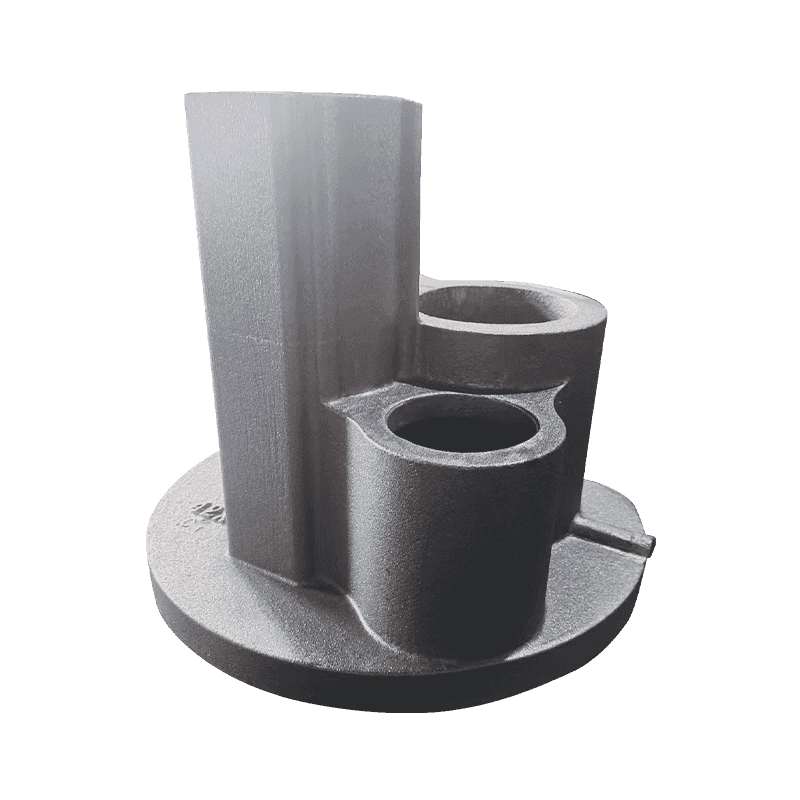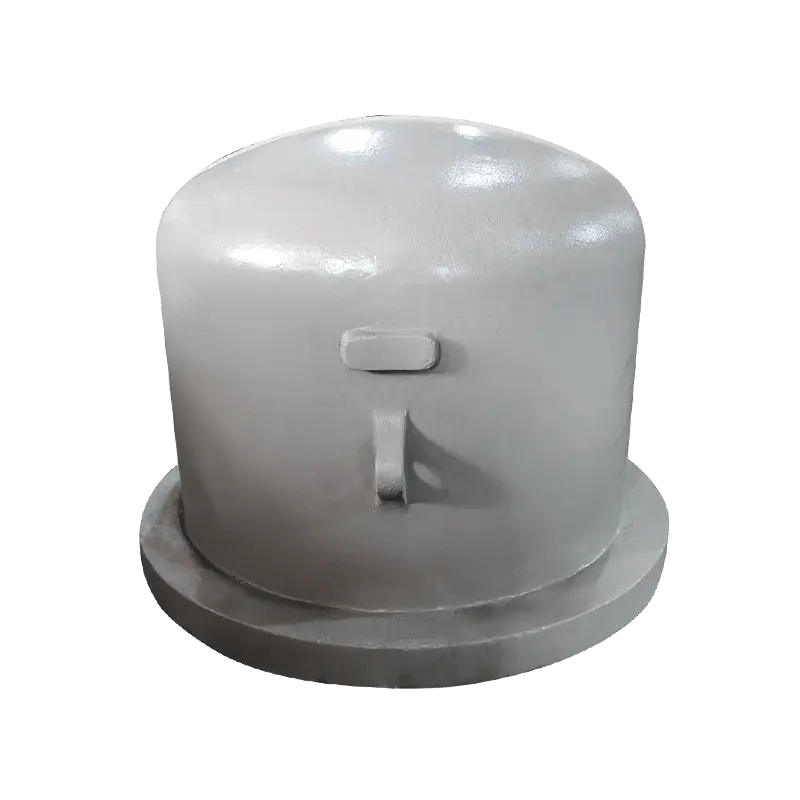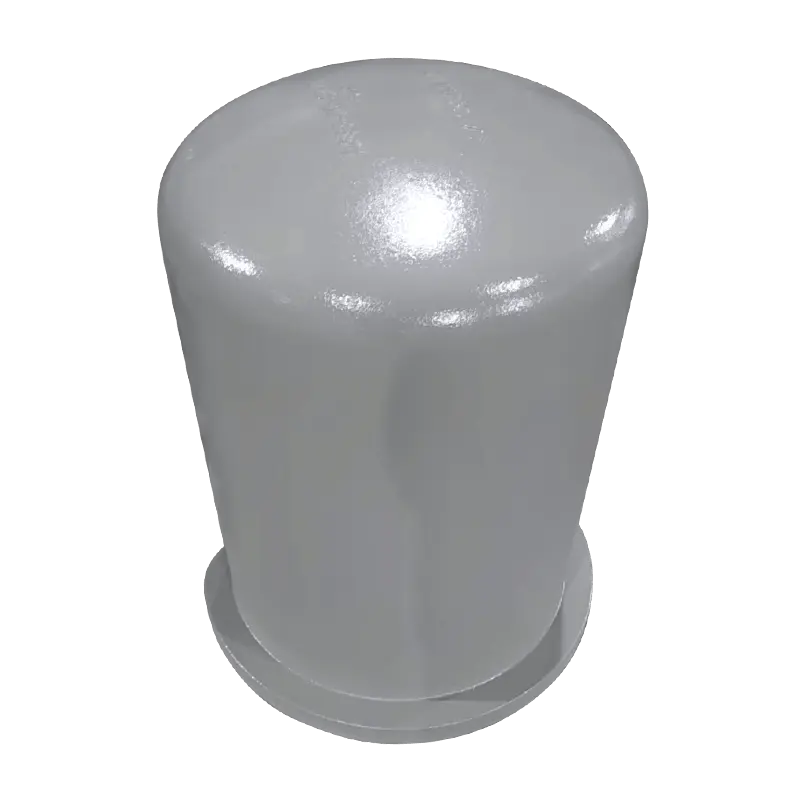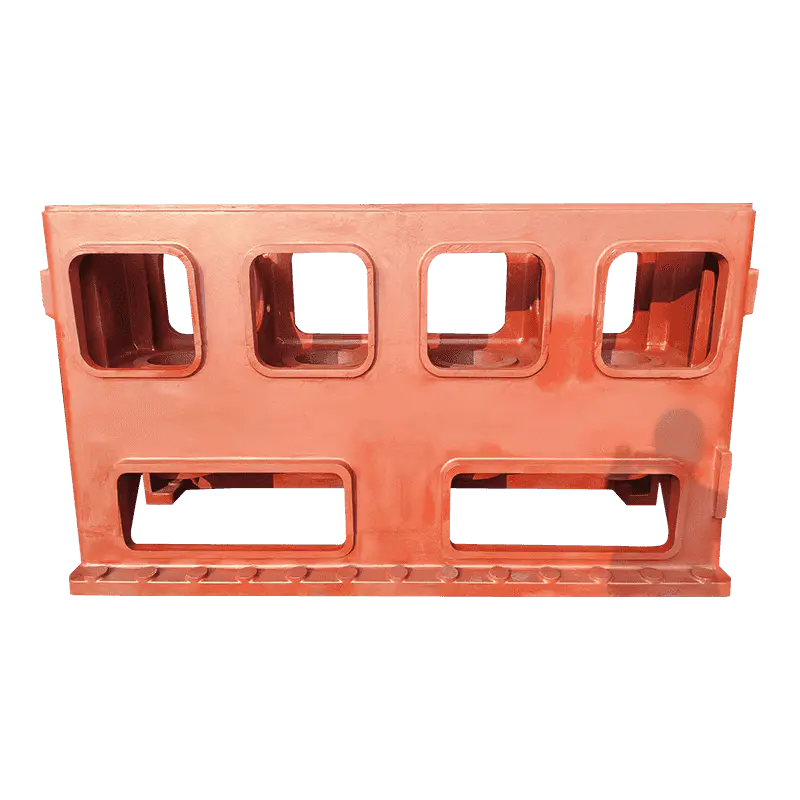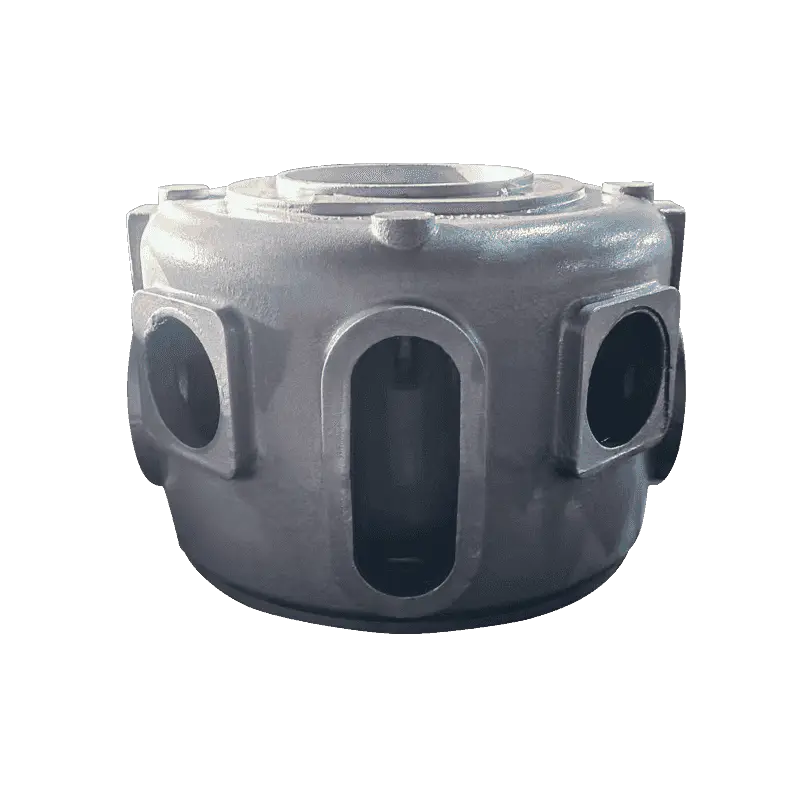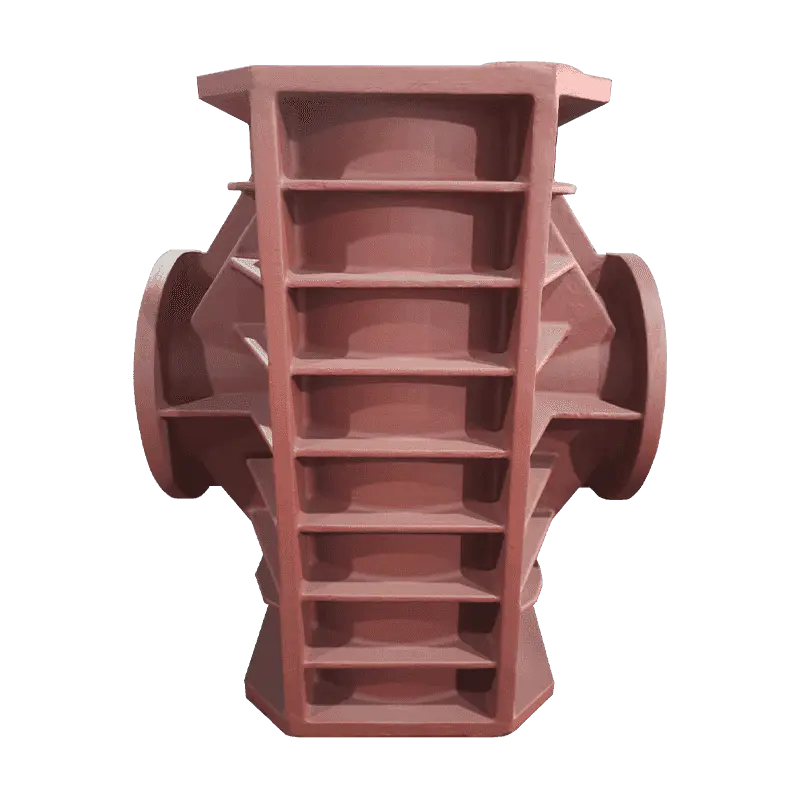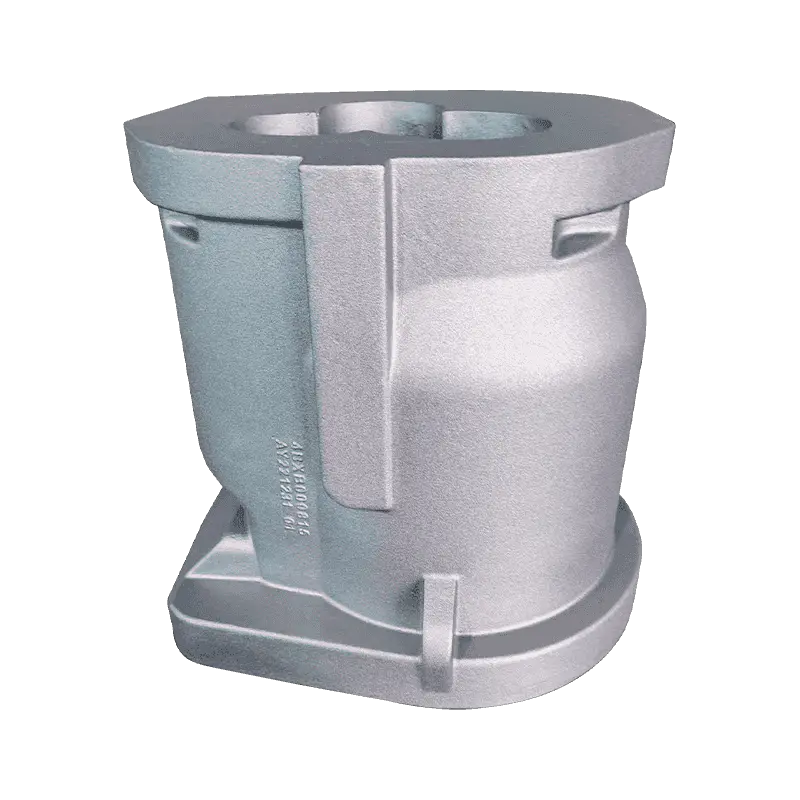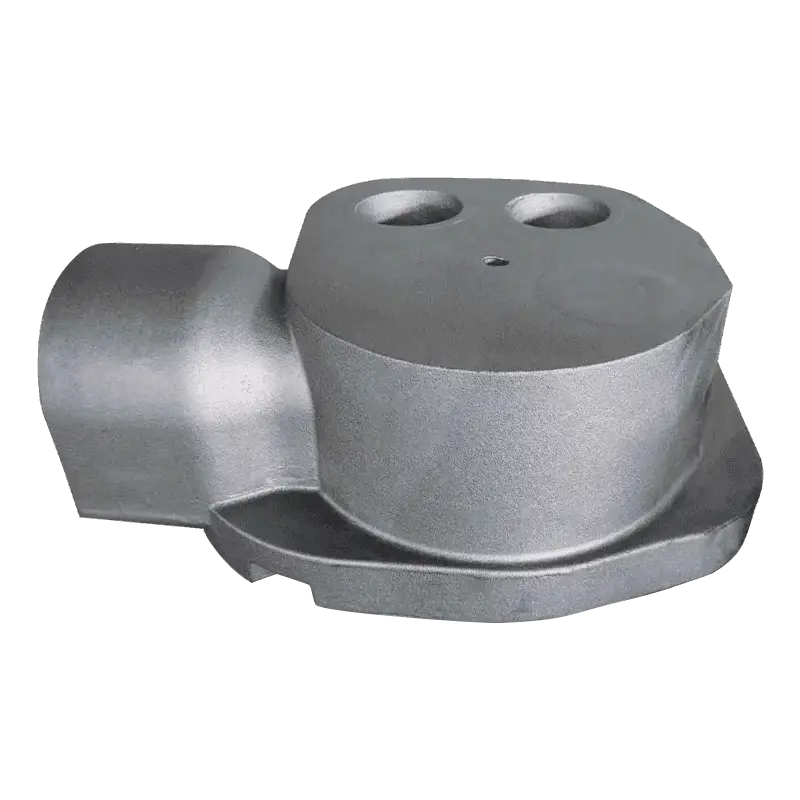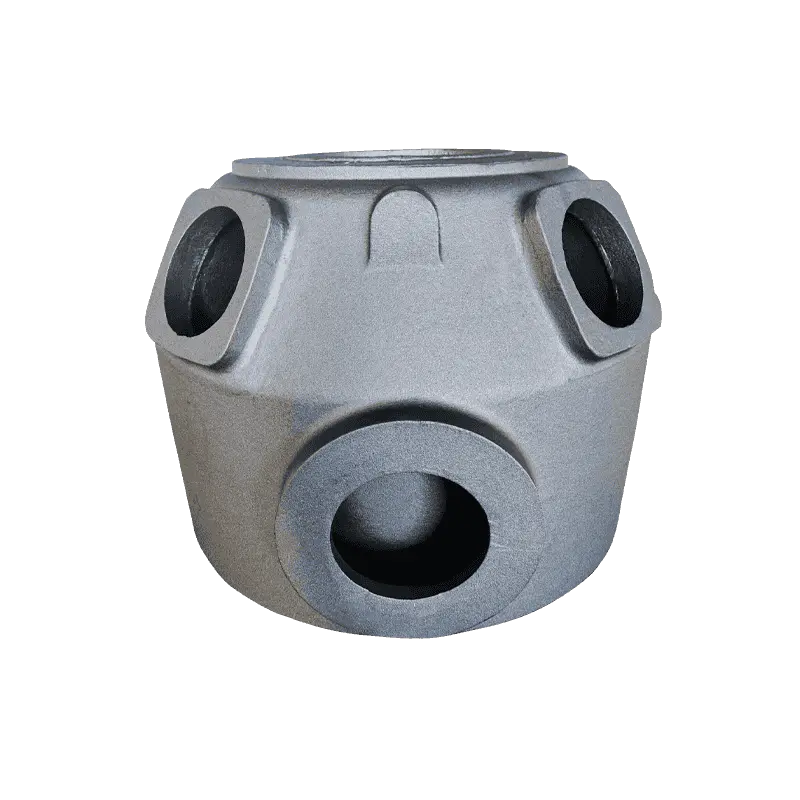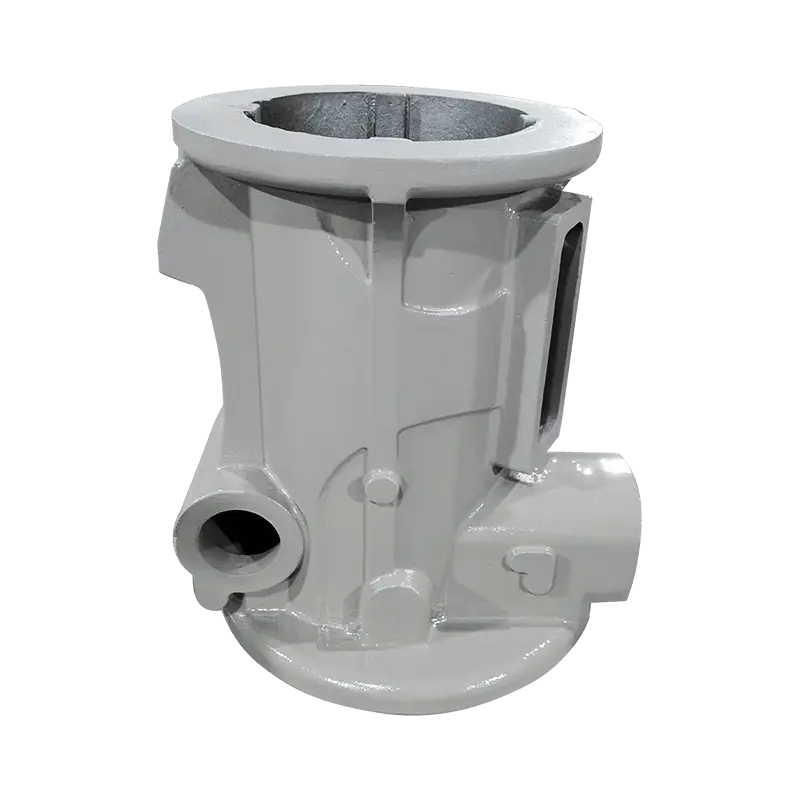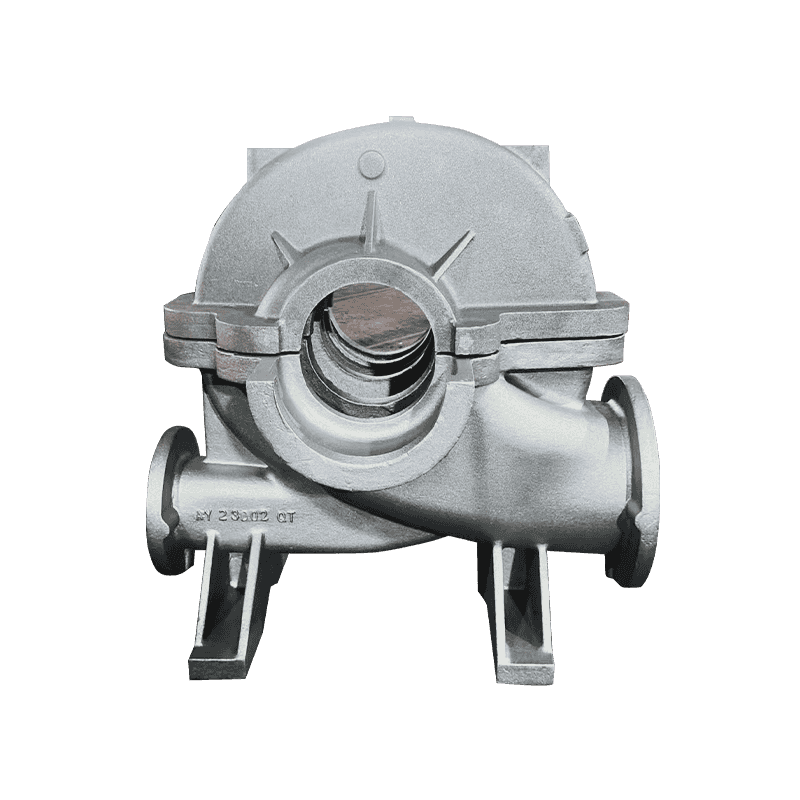Standardized Dimensions and Tolerances: One of the primary advantages of Pump and Valve Castings is their adherence to industry standards in terms of dimensions and tolerances. These standardized measurements ensure that the castings are universally compatible with a wide variety of existing systems. Whether it’s the diameter of the valve opening, the spacing of bolt holes, or the overall dimensions of the pump body, standardization ensures a quick fit into the system without the need for custom modifications. The consistency in size and tolerance reduces potential installation errors, improves the ease of integration, and reduces the risk of failure caused by improper fitting.
Optimized Flange and Connection Design: Flanges and connection points on Pump and Valve Castings are designed to align with the prevalent standards used in piping and system setups. These connection points are precisely engineered to match the dimensions and configurations of the pipe or valve system with minimal adjustments. This optimization allows for quick and reliable connection without the need for specialized tools or time-consuming modifications. The flange design typically includes features like raised faces or smooth surfaces to facilitate the secure placement of seals and gaskets, enhancing the overall integrity of the system and reducing the chance of leaks during operation.
Compact and Space-Efficient Shape: Pump and Valve Castings are often designed to be compact and space-efficient, enabling them to fit into tighter spaces commonly found in industrial systems. This thoughtful design reduces the need for system reconfiguration when replacing or installing new components. Castings that are optimized for space efficiency allow for more flexibility in system layout, especially in environments where space is limited. Compact designs may also help reduce the overall weight of the system, simplifying handling and transportation, and making installation faster and more straightforward.
Pre-machined Surface for Sealing: For the best sealing performance, Pump and Valve Castings are often pre-machined with smooth surfaces where gaskets or seals will be applied. The precision with which these surfaces are machined ensures that seals fit tightly, preventing leaks and reducing the risk of future maintenance issues. The pre-machined surface reduces the chances of seal failure during installation and makes the sealing process more efficient by providing a clean and level surface for proper gasket placement. This attention to detail ensures that the system performs optimally from the moment of installation.
Weight and Handling Considerations: The weight and handling characteristics of Pump and Valve Castings are important factors in their overall ease of installation. Components designed with careful consideration of their weight allow for safer and easier handling during installation. Lighter castings reduce the need for heavy lifting equipment or specialized labor, making the process faster and more cost-effective. Srategically placed lifting points, ergonomic features, or threaded holes for hoisting allow workers to maneuver heavy castings more easily, minimizing the risk of accidents and reducing installation time.
Modular Components for Versatility: A key design consideration for Pump and Valve Castings is modularity. Many castings are engineered to be part of a modular system, where components can be easily swapped, replaced, or upgraded without extensive system rework. This modularity provides users with a flexible approach to installation, allowing for adjustments and updates as needed. For instance, a pump housing might be compatible with several different types of valves or actuators, enabling customization for different operational needs. This versatility ensures that the components can be integrated into a wide variety of systems, improving overall adaptability.

